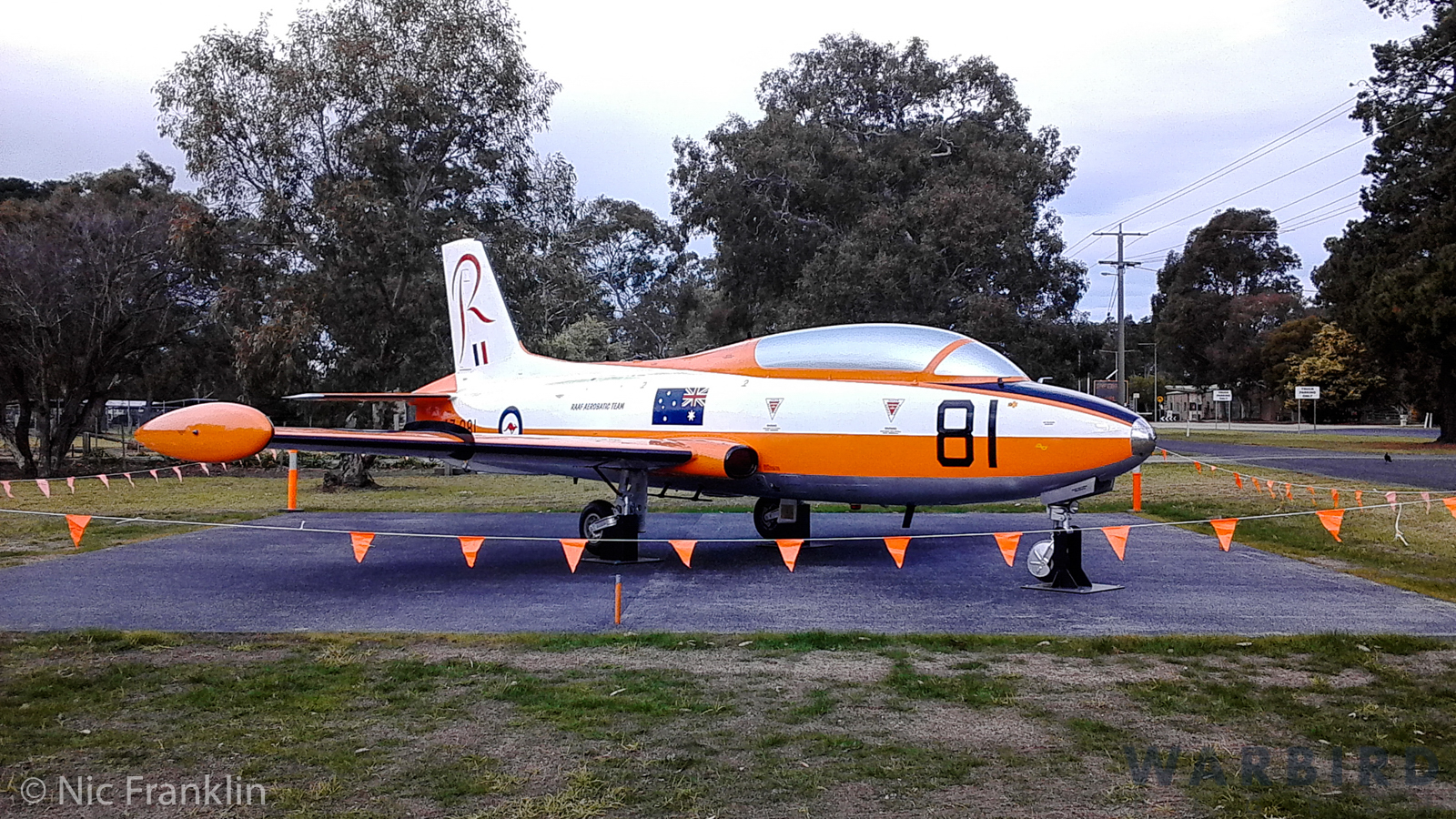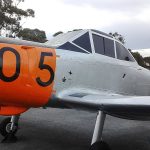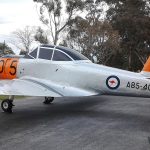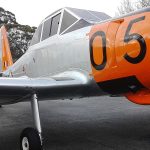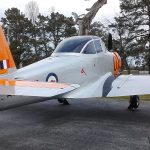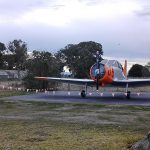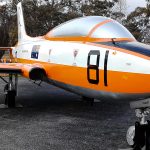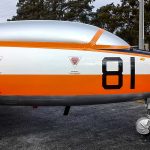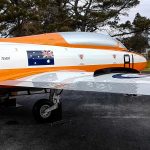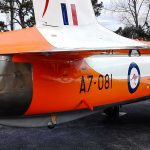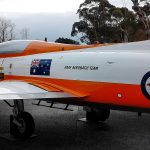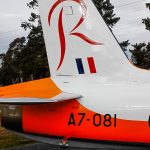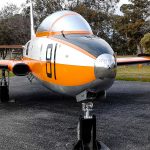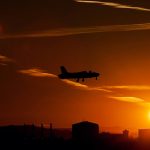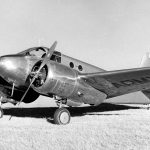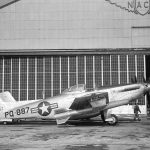By Phil Buckley and Nic Franklin. Photos by Nic Franklin
The Royal Australian Air Force’s main flying training base is at RAAF Base East Sale in the fields of eastern Victoria about 130 miles east of Melbourne. The air station dates back to WWII, and has been a hive of activity ever since. The base has long had a CAC Winjeel trainer on the gate, RAAF serial A85-405. Recently Defence Heritage operations refurbished the Winjeel, which had begun to look a little tired. They also added a new aircraft to sit nearby on public display, CAC-built MB-326H A7-081. These two training workhorses will eventually be joined by a Pilatus PC-9/A when the type is finally retires from base flying operations. Nic Franklin photographed the aircraft for us. We thought it would be interesting to review a little of the history on RAAF East Sale, given its historical nature and current importance to the service.
History of RAAF East Sale
The Australian government ordered the construction of RAAF East Sale during WWII, formally opening the on April 22 1943. No. 1 OTU (Operational Training Unit) was the first occupant, relocating from airfields at West Sale and Bairnsdale. Their primary mission was to instruct RAAF aircrew in the art of flying multi-engine aircraft. They had a large fleet of DAP Bristol Beaufort torpedo bombers on hand, as well as Airspeed Oxfords and Fairey Battles. Despite being a training base, some aircraft from East Sale also participated in convoy protection and maritime surveillance roles. More than 3,000 aircrew passed through East Sale during WWII.
In 1947, the RAAF moved its Central Flying School (CFS) from RAAF Base Point Cook to East Sale. This saw the base become busier. Jet training began in 1953 when the school received its first de Havilland Vampires. Using Vampires, the CFS formed its first jet display team during 1962, naming them The Red Sales. Sadly, tragedy struck that August when the team’s four Vampires crashed in formation after failing to recover from a maneuver during a practice session, killing all six aircrew. While mourning their loss, the CFS was still determined to have a display team; The Telstars being the result. The Telstars also began on Vampires, transitioning later to the Aermacchi MB-326. The Telstars flew successfully until May, 1968 when budget limitations forced its retirement.
By 1970, with the 50th anniversary of the RAAF around the corner, the CFS formed a new display team, The Roulettes, again using the MB-326s. The Italian jet trainers were very popular with air show crowds around Australia and sorely missed when the fleet finally retired (in 2001).
The RAAF introduced the Pilatus PC-9 to their training system during the late 1980s, with the first of these arriving at East Sale in November 1987. This fast, nimble and useful advanced turboprop would soon be the primary trainer at the Central Flying School.
In 1989, 32 Squadron was reactivated at East Sale and equipped with Hawker Siddeley HS 748s. 32 Squadron used these large twin turboprop aircraft for general transport and training duties, including RAAF Navigator and Airborne Electronics Analyst instruction. Royal Australian Navy Observers also received training on the type. By 2004 the 748’s had become tired and expensive to operate, so Beech King Air 350s took over their role.
With responsibility for ab-initio training and screening changes taking places in the early 1990s, the RAAF restructured its flight training programs and transferred this work to civil subcontractors, which resulted in the RAAF retiring its fleet of PAC CT-4 Airtrainers. The RAAF selected BAE Systems Flight Training College to run their Basic Flight Training School (BFTS) at Tamworth, in New South Wales. The restructured BFTS operated with new-build and ex-RAAF and RNZAF CT-4s.
In 2015, the RAAF announced that BFTS operations at Tamworth would wind down and return home to RAAF East Sale by 2019. The new program will see an updated training program using the Pilatus PC-21; Lockheed-Martin will be providing civilian contractor support. The PC-21 will replace the entire PC-9 fleet over the next few years. Until the new program is fully established at East Sale, the RAAF will continue with the present BAE training program at Tamworth.
Present Day Operations
RAAF base East Sale is the key Air Force pilot training base in eastern Australia. It comprises several units which come under Air Training Wing control. Core units located on base include No.1 Flying Training School for Air Combat Officers, No. 453 East Sale Flight Air Traffic Controllers at the School of Air Traffic Control, and the Central Flying School. It is also home to the RAAF Roulettes team.
The base will soon see more King Air multi-role aircraft join No. 32 Squadron as it expands to fill the hole which will be left with 38 Squadron’s disbandment later this year.
Other RAAF units on base include the Officer Training School, No 30 (City of Sale) Squadron – airbase operations, the Aviation Candidate Management Centre, the Training Aircraft Systems Program Office (TASPO) and No. 1 Expeditionary Health Squadron Detachment East Sale.
Many thanks to Phil Buckley for the article and Nic Franklin for the photographs. Looking ahead to the future, the author hopes to see a small base museum built to house and enhance the three historic airframes on the gate, with the possible addition of a Vampire. Remains of Beaufort bombers and other WWII aircraft could also be added to a museum at this significant airfield.







